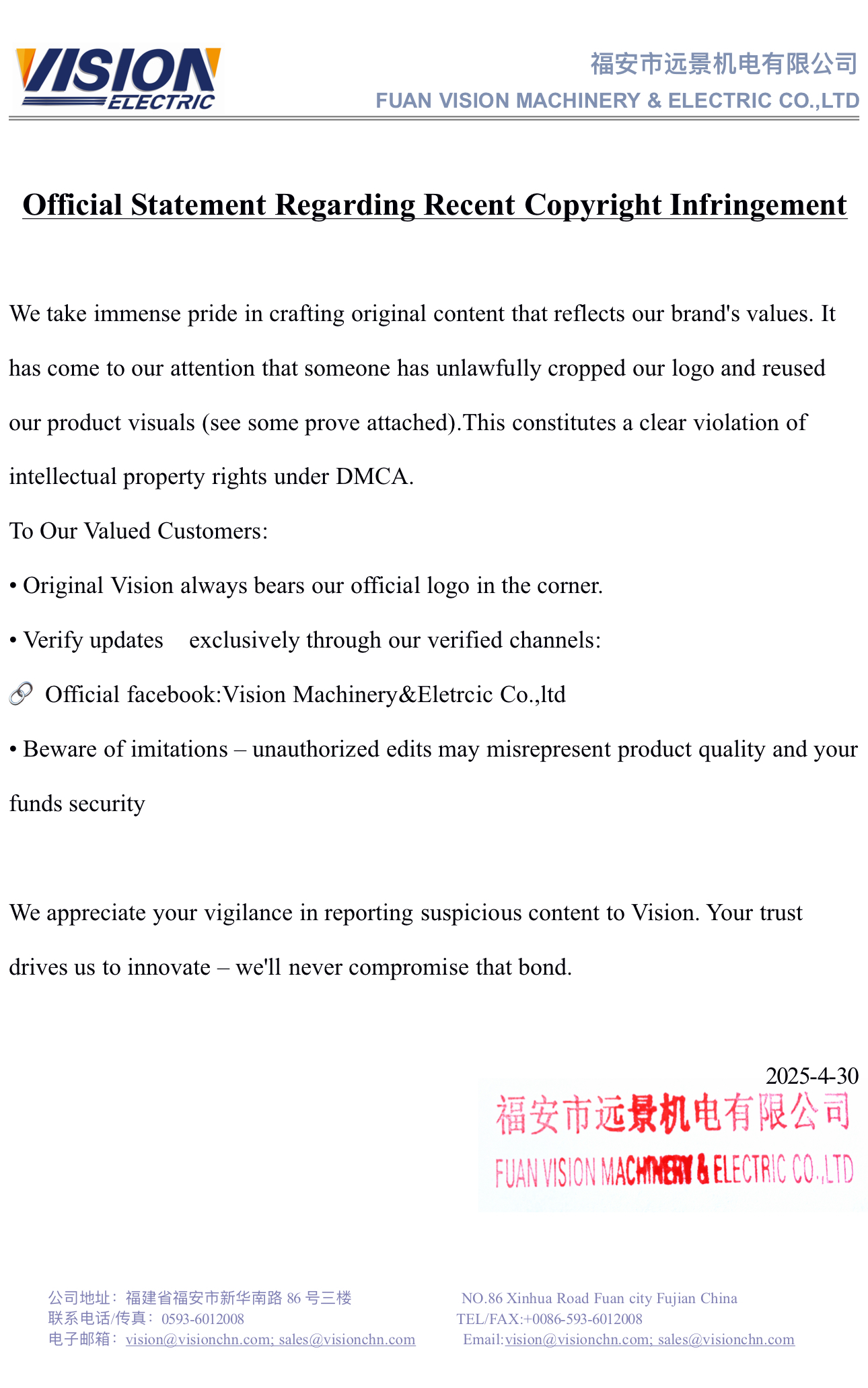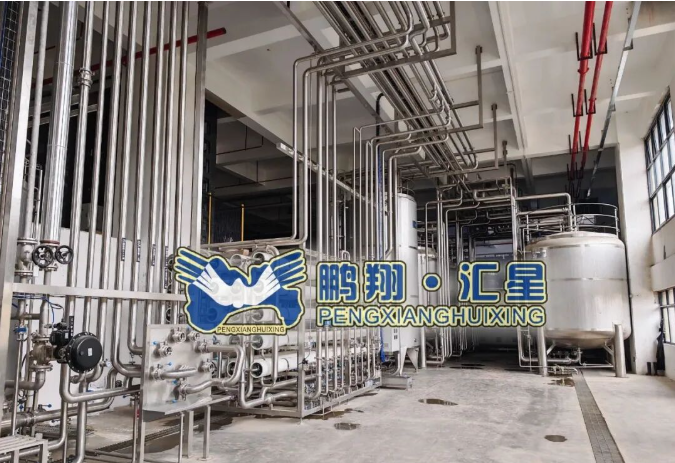Selecting the safest household cleaner is crucial for maintaining a healthy living environment, especially in homes with children, pets, or individuals with sensitivities. While many conventional cleaners are effective, they often contain harsh chemicals that can pose risks to health and the environment. This comprehensive guide explores the safest household cleaners available, evaluating their effectiveness, safety profiles, and environmental impact.
- Understanding the Importance of Safe Cleaners Health and Safety Considerations
- Chemical Exposure: Traditional cleaning products often contain chemicals like ammonia, bleach, and volatile organic compounds (VOCs), which can irritate the skin, eyes, and respiratory system.
- Children and Pets: Safety becomes even more critical in homes with children and pets, who may come into contact with or ingest residues from cleaning products. Environmental Impact
- Pollution: Harsh chemicals can contribute to indoor air pollution and environmental contamination when washed down the drain.
- Biodegradability: Safe cleaners typically use biodegradable ingredients that break down naturally without causing harm to ecosystems.
- Top Safe Household Cleaners
- Baking Soda
- Properties: Baking soda, or sodium bicarbonate, is a mild abrasive and deodorizer. It's effective for cleaning surfaces, removing odors, and tackling tough stains.
- Uses: Ideal for scrubbing sinks, deodorizing carpets, and cleaning ovens. It can be mixed with water to create a paste for more abrasive cleaning tasks.
- White Vinegar
- Properties: White vinegar is a natural disinfectant with antibacterial properties. Its acidic nature helps dissolve mineral deposits and grime.
- Uses: Effective for cleaning glass, removing soap scum, and descaling kettles and coffee makers. It can also be used as a natural fabric softener in laundry.
- Castile Soap
- Properties: Castile soap is a plant-based soap free from synthetic chemicals. It’s gentle on the skin and effective at cleaning various surfaces.
- Uses: Versatile for use in cleaning floors, countertops, and even dishes. It can be diluted with water for different cleaning applications.
- Essential Oils
- Properties: Essential oils like tea tree, lavender, and eucalyptus have natural antimicrobial properties. They also add pleasant scents to cleaning solutions.
- Uses: Often combined with other natural ingredients to enhance cleaning power and provide a fresh aroma. Essential oils can be added to homemade cleaners or used in diffusers to purify the air.
- Microfiber Cloths
- Properties: Microfiber cloths are designed to attract and hold dust and dirt through electrostatic action. They require minimal or no chemicals.
- Uses: Ideal for wiping surfaces, cleaning windows, and dusting. They are washable and reusable, reducing waste and the need for disposable cleaning products.
- Evaluating the Safety of Household Cleaners
- Ingredient Transparency
- Understanding Labels: Check product labels for clear ingredient lists and avoid those with vague terms like "fragrance" or "cleaning agents."
- Certifications: Look for certifications from organizations such as the Environmental Protection Agency (EPA) or Green Seal, which indicate that products meet specific safety and environmental standards.
- Potential Allergens and Sensitivities
- Fragrance-Free Options: Opt for fragrance-free or naturally scented products to minimize the risk of allergic reactions or respiratory issues.
- Skin Sensitivity: Choose products specifically formulated for sensitive skin or those labeled as hypoallergenic.
- DIY Safe Cleaning Solutions
- All-Purpose Cleaner
- Recipe: Mix equal parts water and white vinegar, with a few drops of essential oil for fragrance. This solution works well for countertops, sinks, and other surfaces.
- Benefits: Simple, cost-effective, and avoids harsh chemicals. Ensure the solution is stored in a labeled, safe container.
- Glass Cleaner
- Recipe: Combine 1 cup of water, 1 cup of white vinegar, and a few drops of essential oil. Use it to clean windows and mirrors.
- Benefits: Provides a streak-free shine without toxic ingredients. The vinegar helps dissolve grime and the essential oil adds a pleasant scent.
- Bathroom Cleaner
- Recipe: Mix 1 cup of baking soda with 1/2 cup of water and 1/4 cup of white vinegar. Use it to scrub sinks, tubs, and tiles.
- Benefits: Effective in removing soap scum and stains while being gentle on surfaces. The baking soda provides mild abrasiveness for scrubbing.
- Sustainable Practices for Using Safe Cleaners
- Eco-Friendly Packaging
- Reusable Containers: Opt for products with minimal packaging or those that offer refill options to reduce waste.
- Recycling: Properly recycle or dispose of empty containers according to local regulations.
- Conservation of Resources
- Efficient Usage: Use cleaners sparingly and according to recommended guidelines to avoid unnecessary waste.
- Water Conservation: Combine cleaning tasks to reduce the amount of water used and avoid excessive rinsing. Conclusion
Choosing the safest household cleaner involves understanding the potential risks associated with conventional products and opting for those that prioritize health, safety, and environmental responsibility. Natural ingredients like baking soda, white vinegar, and essential oils offer effective cleaning solutions without compromising safety. By evaluating product labels, considering potential allergens, and exploring DIY options, you can create a safer, more sustainable cleaning routine for your home. Embracing these practices not only protects your well-being but also contributes to a cleaner, greener environment.




+ There are no comments
Add yours